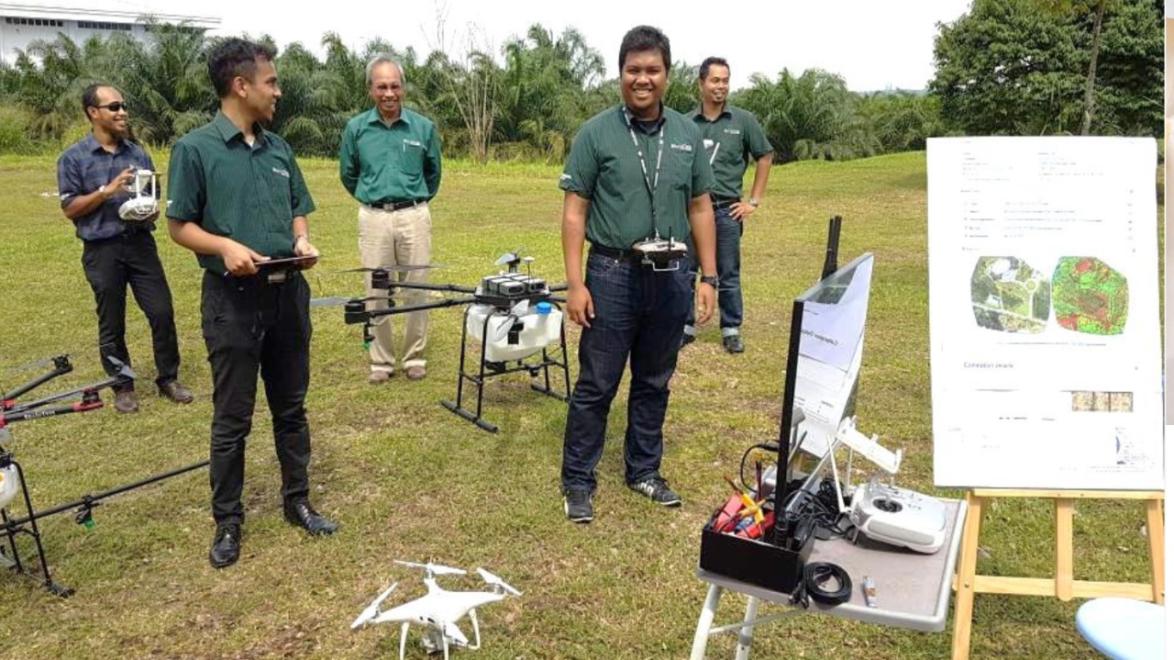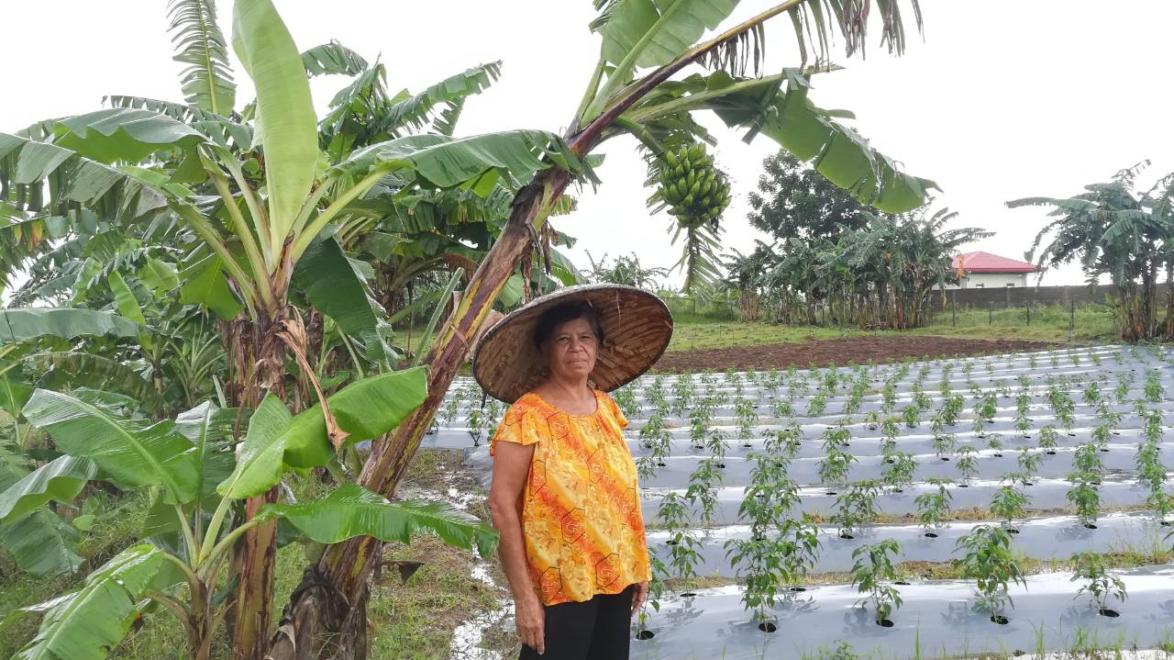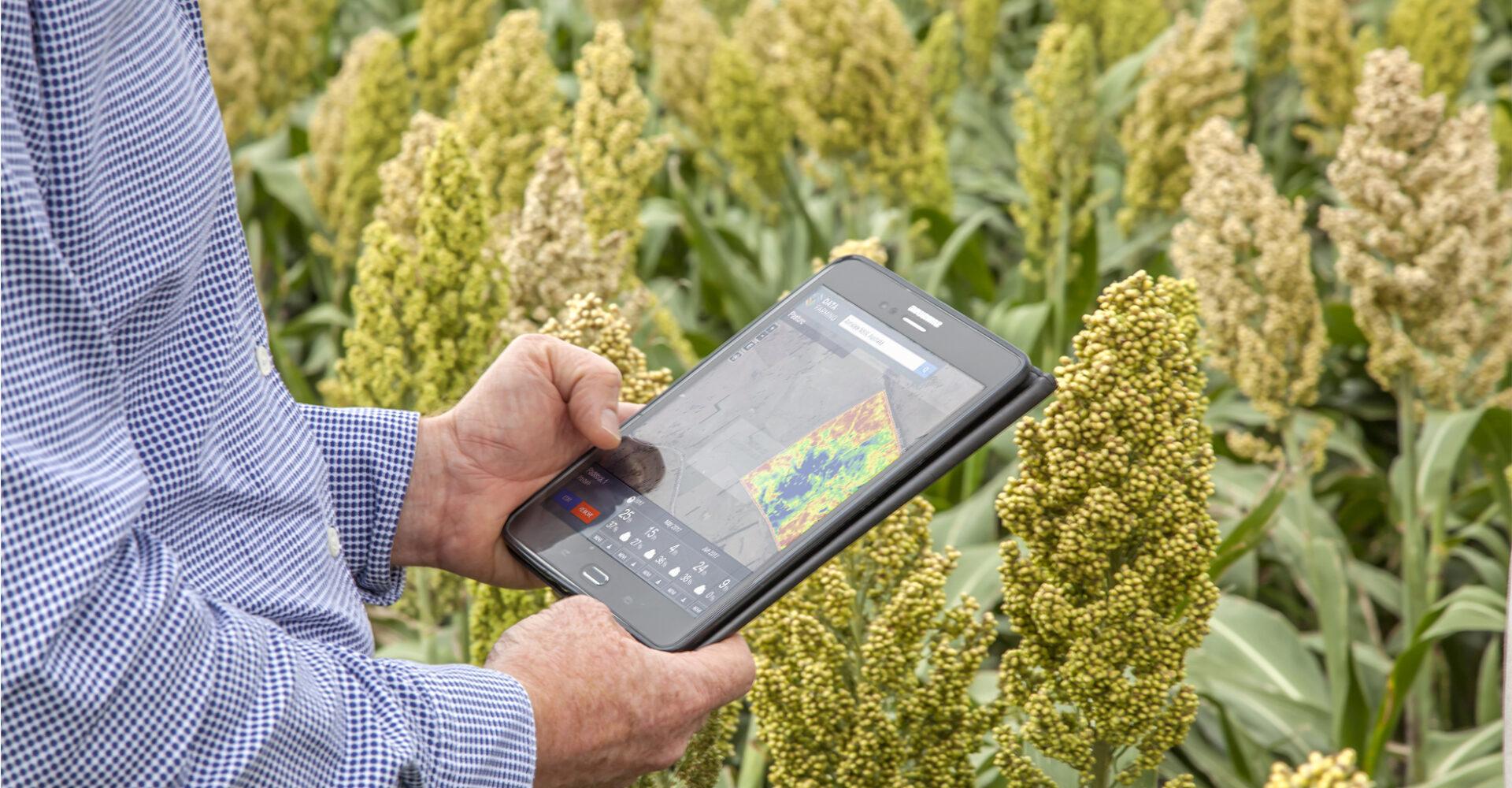How can automation and robotics help us build a sustainable and resilient food system?
Last week we launched a new blog series sharing insights about the 6 key impact areas we’re accelerating through the AgFunder GROW Impact Accelerator (application deadline 26 Feb).
We believe that each of these innovation hotspots will play a key role in creating a more sustainable, resilient, and just food system. By supporting innovative startups in these impact areas with investment and targeted acceleration support, we can drive that transformation together.
In this piece we’re zooming into automation and robotics– an exciting frontier of the digitalisation of agriculture. Read on to learn more!
Check out our latest posts on two other impact areas, Food as Medicine and Circular Economy!

Automation and robotics in Agriculture
Automation and robotics marks the next generation of technological advancement within agriculture. In recent years, it has expanded to encompass a wider range of farmwork, leading to higher productivity and stability of the overall agricultural industry.
Automation and robotics relevant to the agricultural industry have been identified in three categories of sophistication. The first is physical robots, which perform labour intensive industrial tasks like picking and packing. The second is robotic process automation which emulates human actions interacting with digital systems and software. Thirdly, there is cognitive automation which automates tasks or improves task precision.
New types of automation & robotics are emerging at every section of the production chain, from crop seeding to crop monitoring and analysis, fertilising and irrigation, weeding and spraying, picking and harvesting using autonomous tractors, and more. The implementation of automation & robotics has been shown to enhance crop quality and quantity, pest control and even crop-health monitoring, proving that the initial cost of farm automation can be well worth the investment.

Mitigating today’s issues and launching the future of agtech
Despite these benefits of automation, many essential tasks continue to be done manually. These are also often supported by cheap and often exploitative farm labour. Transitioning to automation would alleviate this, and also relieve farm workers from the frontlines as climate change threatens to create even more dangerous working conditions.
Farm automation holds immense potential to remedy issues caused by labour shortages. In the US, the number of farm workers has decreased by 70% with no sign of increasing, since farmers under the age of 35 account for only 9% of the total population. Meanwhile in Asia, the trend is similar but perhaps for different reasons; the average age of farmers is rapidly increasing, and younger workers are leaving agrarian jobs to work in cities instead. Given the inherently dynamic, unstructured and unforgiving conditions of agriculture and farm work with the aggravating force of climate change, the lack of appeal for farm work is perhaps unsurprising.
The reverberating effects of labour crunch in agriculture
Just last year, in the midst of global food shortages, huge losses in terms of both profit and food supply can be attributed to labour shortage alone. In the UK, almost a quarter of daffodil crop was left unpicked and fruit suppliers were similarly forced to abandon produce in the fields. A greater reliance on automation can also mitigate events of labour shocks, such as a pandemic.
Furthermore, according to UN estimates, the world population will rise from 7.3 billion today to 9.7 billion in 2050, exerting serious pressure on farmers to keep pace with demand. With automated agriculture, this might just be possible. The pace of innovation within the robotics landscape in 2022 showed immense promise for the real-time deployment of autonomous machines on a crop-related function without human intervention, with 250 out of 600 automation companies profiled satisfying this high threshold. A recent report estimates that with the increasing applicability of technological solutions, the global agricultural robotics market could be worth $6.7 billion by 2032.

Automation and robotics startups we’re excited about
Exciting breakthroughs in the robotics landscape are enabling new applications to farm work.
Our AgFunder GROW Impact Accelerator Cohort 3 alumnus LYRO is a particular standout. The startup has deployed efficient pick-up and pattern-pack robots that can distinguish between a large variety of produce. LYRO’s robotic packers also minimise post-harvest food waste and loss in the produce packing industry, where labour can be scarce and inefficient.
Braintree, alumni of Cohort 2, also embodies the versatility of robotics which can be tailored to work on smaller plots of land. Braintree CEO Arif Makhdzir also offered another perspective on the benefits of robotics even in countries where labour can be found abundantly. “Robots can do the difficult, laborious work so that people can focus on more important things, such as managing farms,” he said.
Why accelerate innovation in automation & robotics?
Innovation and implementation of automation and robotics can create knock-on productivity gains which can go to preventing food waste as well as upskilling for farmers, transforming the agricultural industry for the better. The implementation of automation and robotics can unlock new and unimagined opportunities for farmers and the entire production chain.
That’s why we’re on the lookout for startups in automation and robotics for this year’s cohort of the AgFunder GROW Impact Accelerator.
Here’s to building a food system that is sustainable, resilient, and nutritious for all!

Got an automation or robotics startup?
Apply for the GROW Impact Accelerator Cohort 4 today!
Add our impact to your inbox
"*" indicates required fields
